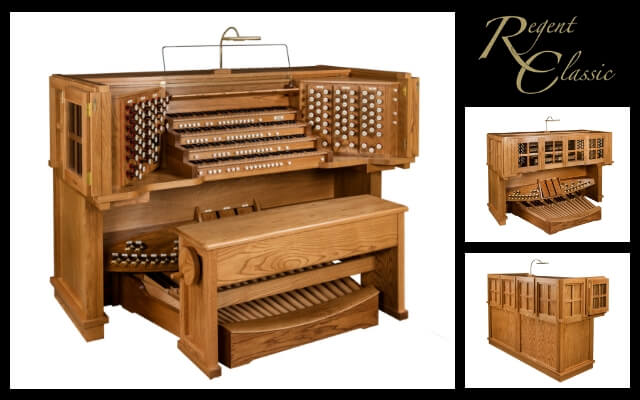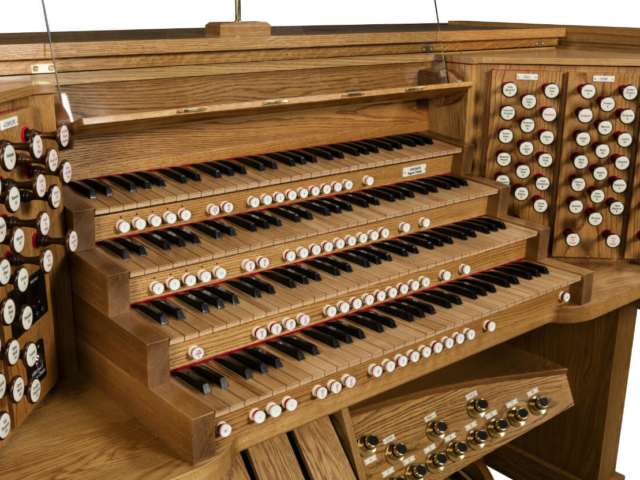It is very gratifying when a plan comes together, especially one as complex as this involving a large plinth, 4 manuals, 7 amplifiers, 42 speaker cabinets, 85 playing stops and 12,000 miles travel to the job. To say it went without a hitch would be an exaggeration but it did most certainly go well and was fully completed to our client’s total satisfaction. This involved great teamwork while we were on site supported by colleagues staying behind in both the UK and Italy and working 12 hours out of time phase with us.
Wellington Cathedral history
Wellington is a relatively new Cathedral. It was formally opened in 1964, the foundation stone having been laid by our present Queen in 1954. In 1956 Her Majesty laid the foundation stone of the new Coventry Cathedral. There can not be many Monarchs that have played a part in the birth of two great Cathedral buildings.
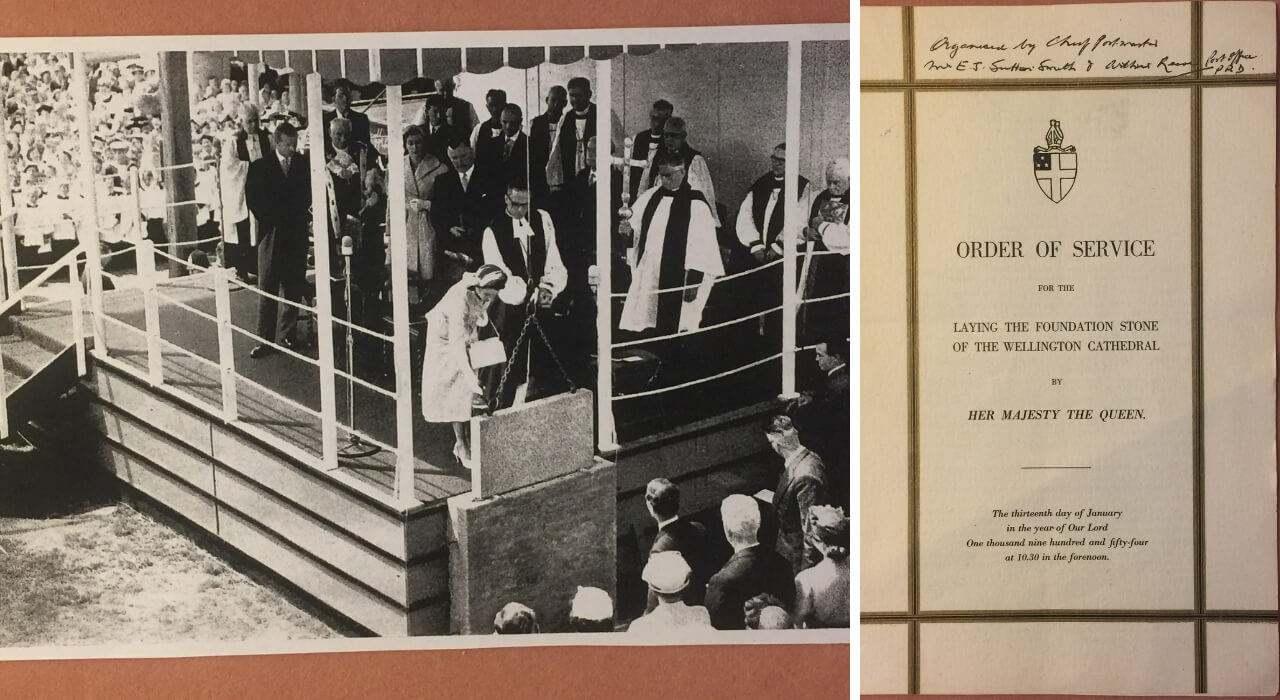
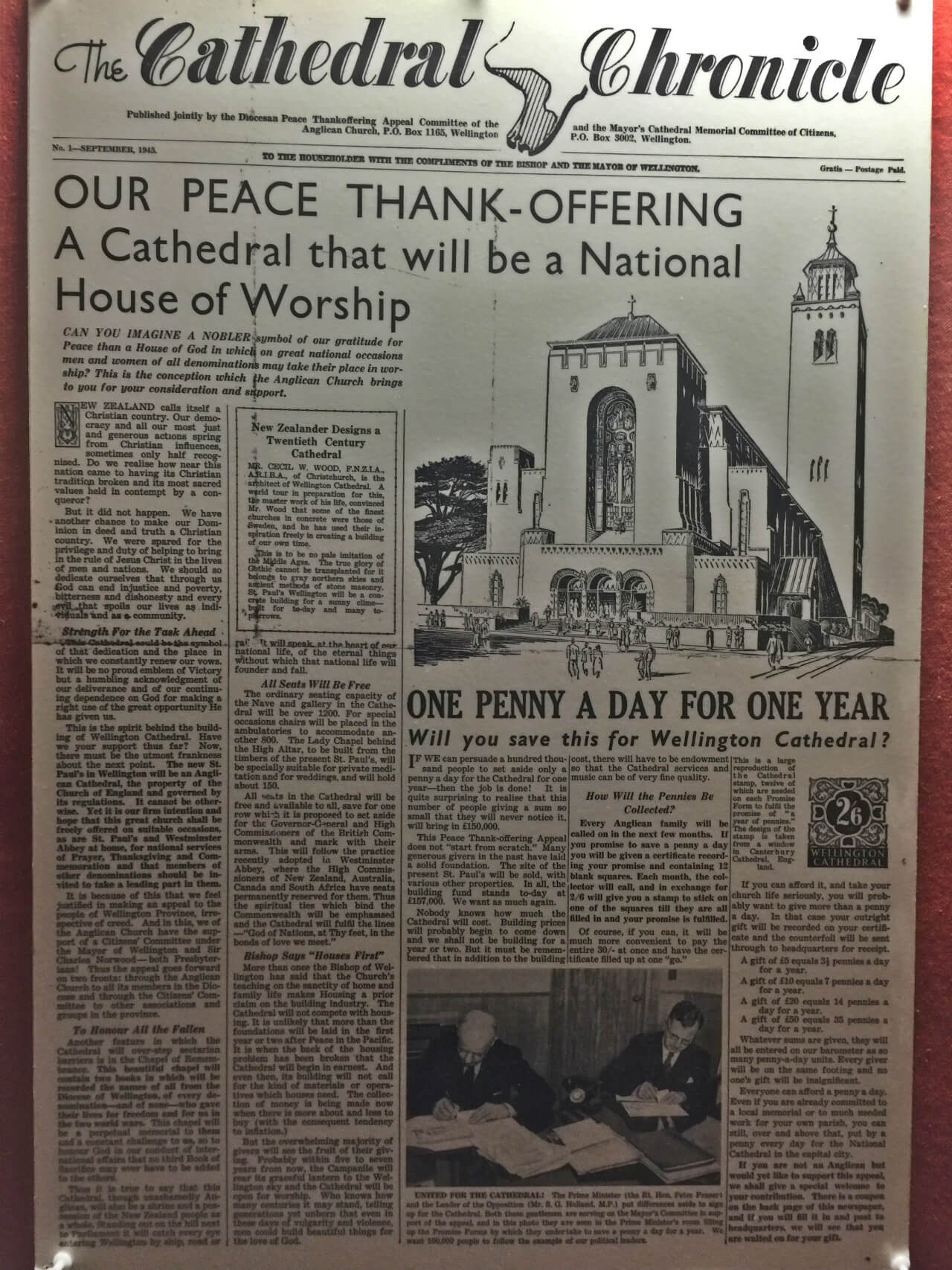
Wellington was built in two stages with the choir preceding the nave and hence a ten year build time. It is a relatively cavernous building with a huge acoustic. This can be a blessing but here the substantial echo did make the job of voicing significantly harder.
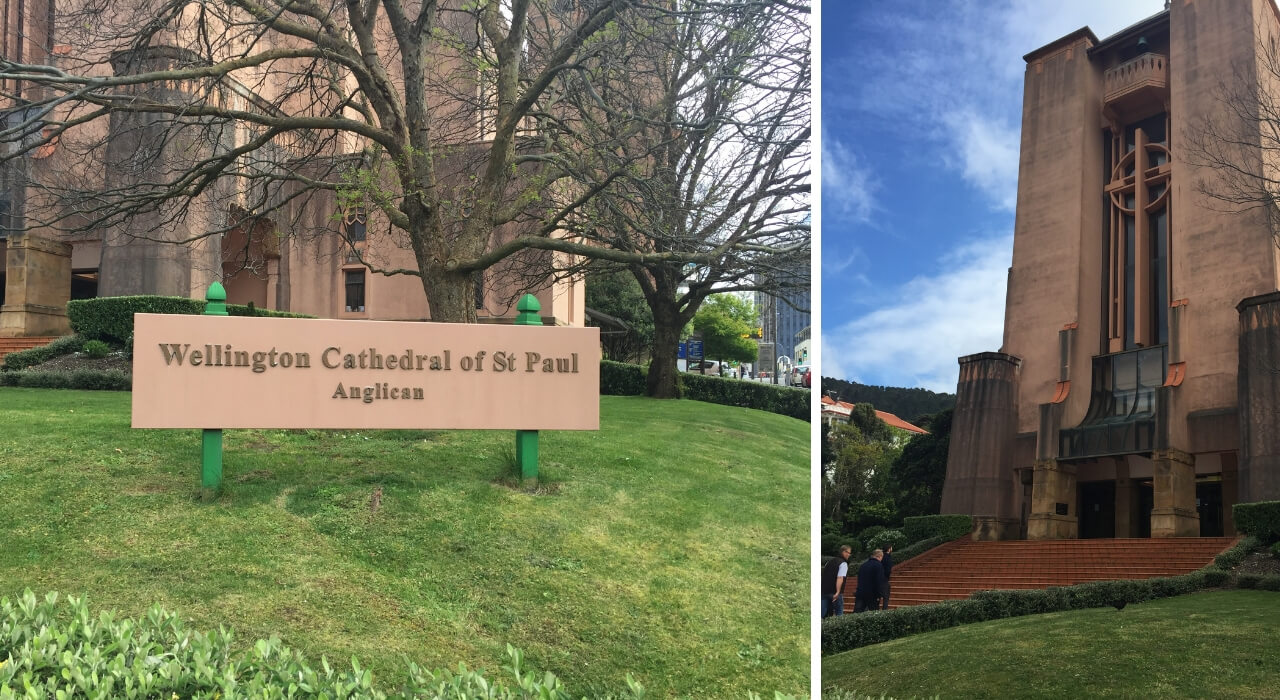
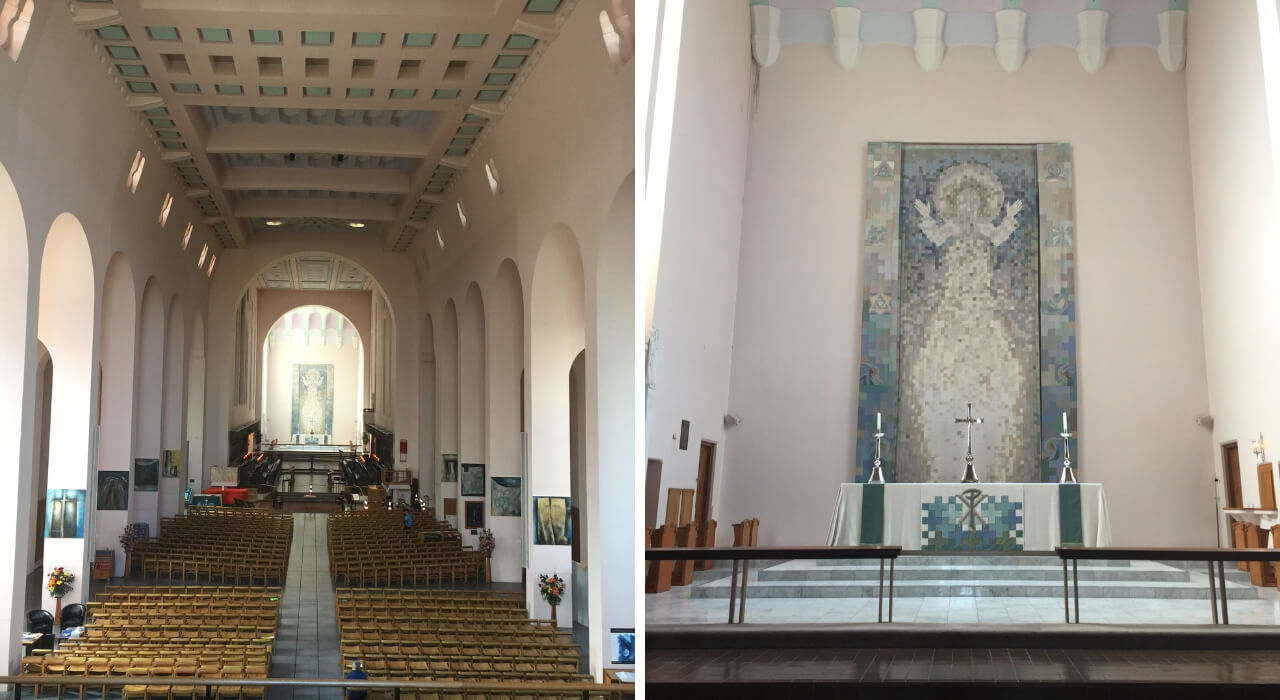
So what are the highlights of this job to share with you?
Audio System
The audio system was the largest we have so far done with 28 independent audio channels driving 42 speaker cabinets. 6 channels for the great department were doubled up to drive 12 speakers to ensure that the ‘core’ of the instrument had enough power.
4 bass speakers, 2 cubes each powered with a 500 watt amplifier were supported by 2 ‘tuned towers’ driven by 4 – 150 watt amplifiers added to 4 further cabinets for the higher end of the pedal department. The bass presence of this instrument is nothing short of epic!
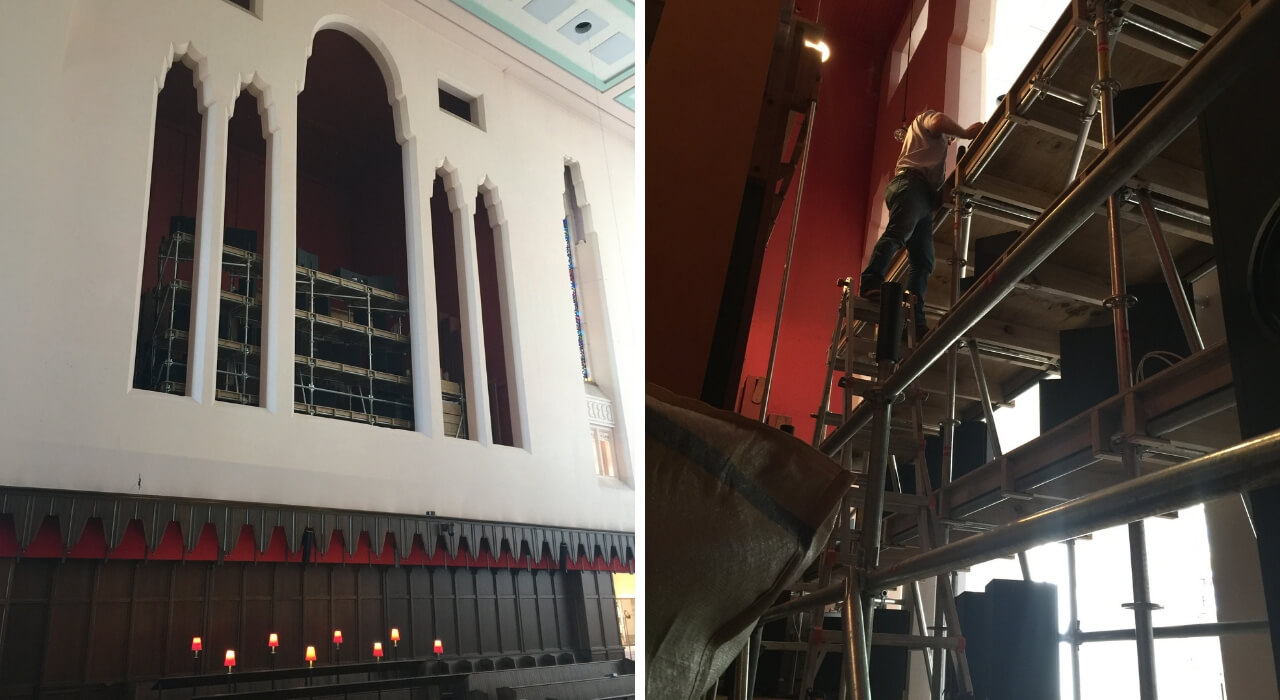
Choir Swell and Solo then each had 6 separate audio channels. All the speakers save for the Solo Tubas were on the scaffold in the main pipe chamber while the Solo Tuba had 2 speakers to its own on a north balcony facing directly into the nave. The Balconies, North and South also provided 4 further cabinets that take the full organ, switched on at the console for occasions when extra nave volume may be required.
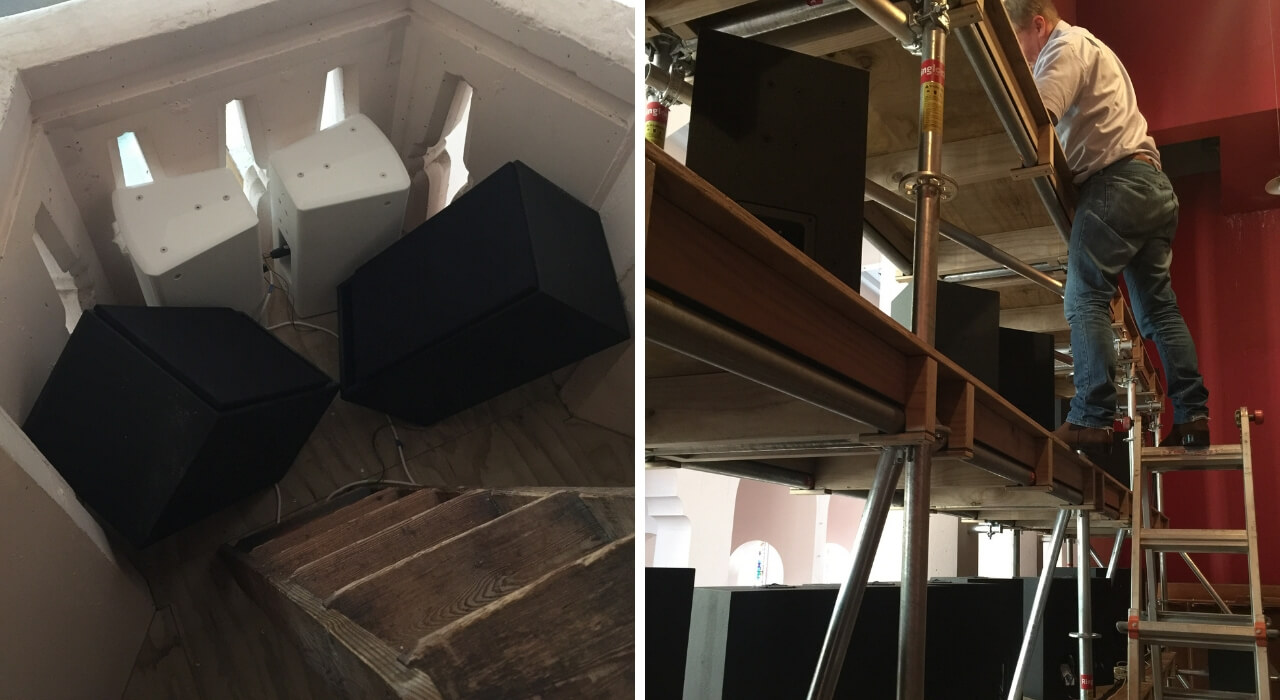
Installation of the organ begins
Our installation team arrived in Wellington on Saturday the 29th of September 2018. Allowing for time zone adjustment they started work in the Cathedral on Tuesday October 2nd. The first job being the un-crating of the instrument and lifting it onto the plinth. The speaker wiring for all of this had been done before we arrived by Cathedral staff and the speakers and amplifiers, sent by sea in April, were also in place. Even so the job of connecting the console and wiring in all the speakers to the amplifier system took a team of 3 as many days to complete.
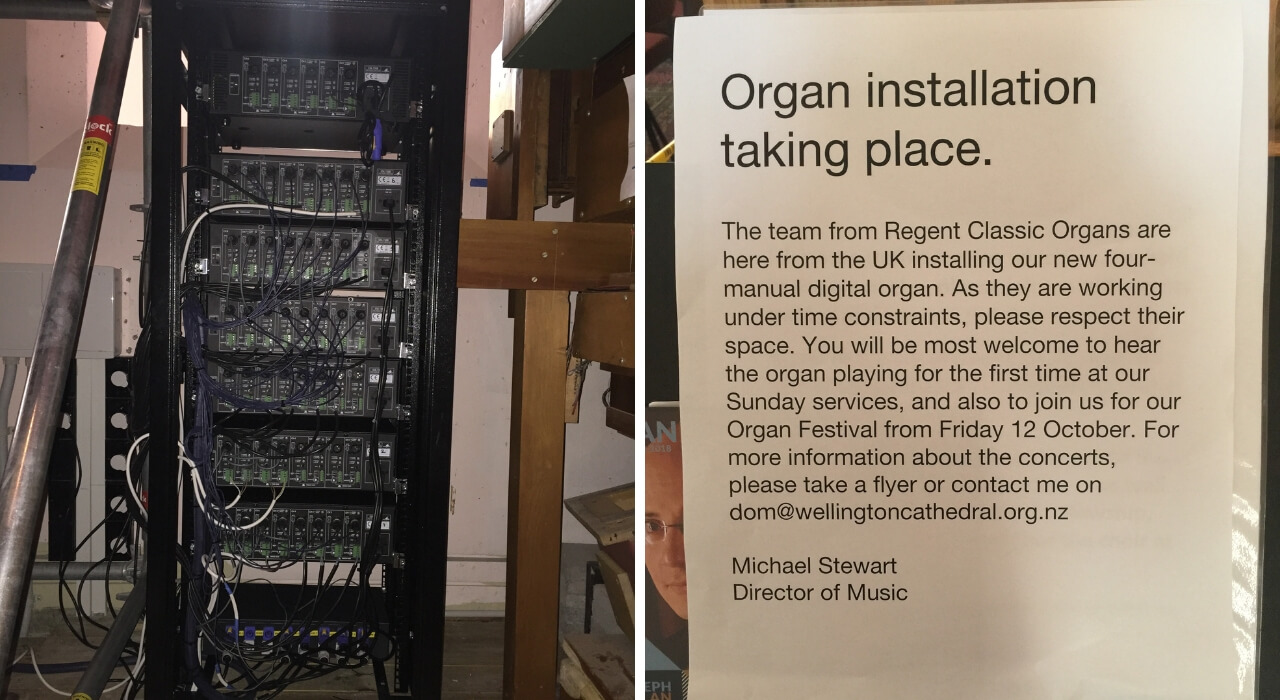
So when I arrived on the Friday the back of the task was broken and the instrument was soon heard for the first time. Those of you familiar with this work will know that this though is only a beginning. The vast job of voicing the instrument was now to start. We had a pretty clear understanding of what musicians Michael Stewart and Richard Apperly required and much of the voice model library needed was pre-loaded into the computer.
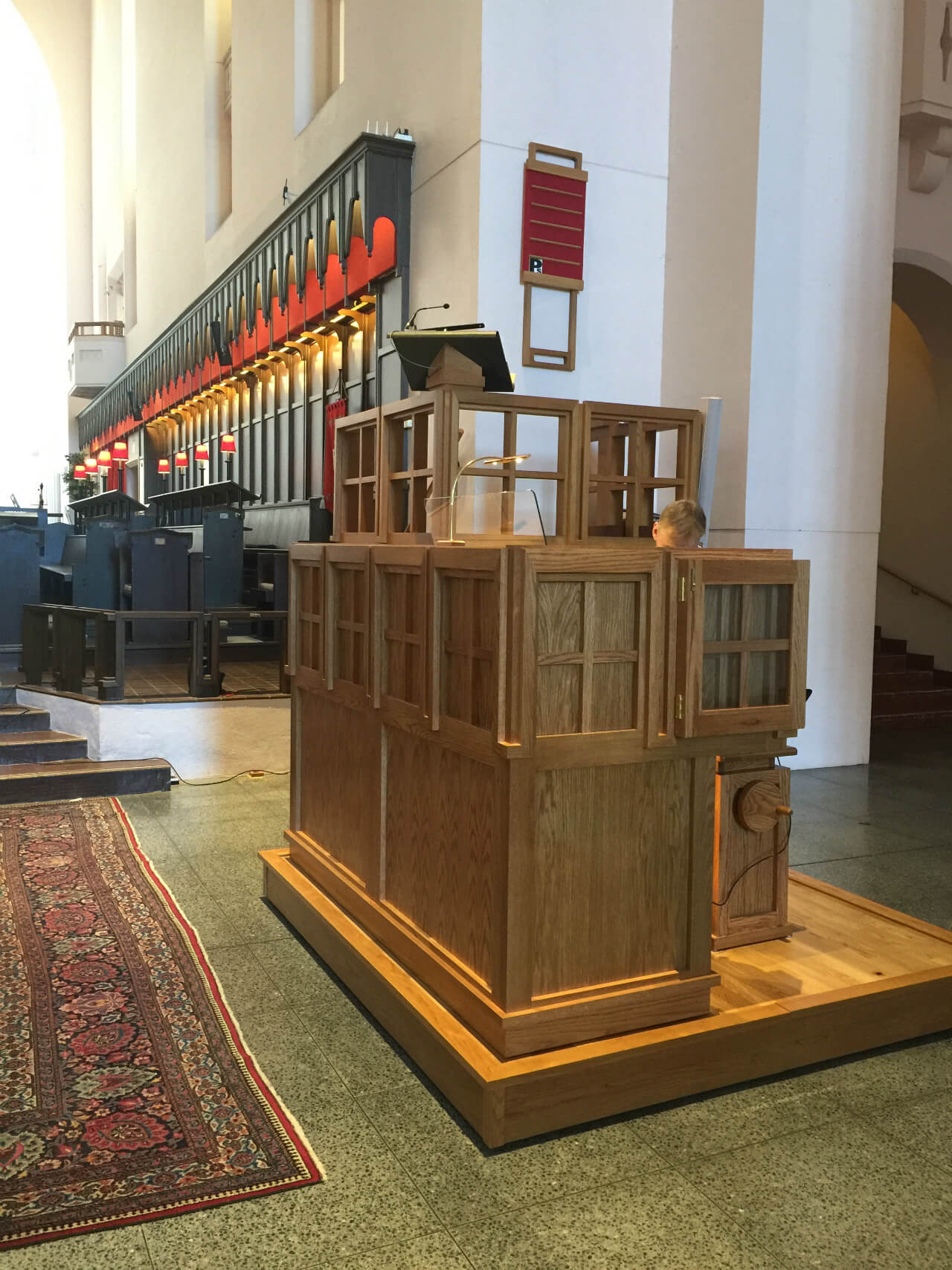
Voicing the instrument
Jeremy spent about 5 full days slowly working his way through each department and then balancing the sounds as experience of fuller and fuller organ was gained. As you will hear eventually from the recordings the acoustic of Wellington Cathedral is very large, well over 6 seconds and this is not an easy environment in which to voice.
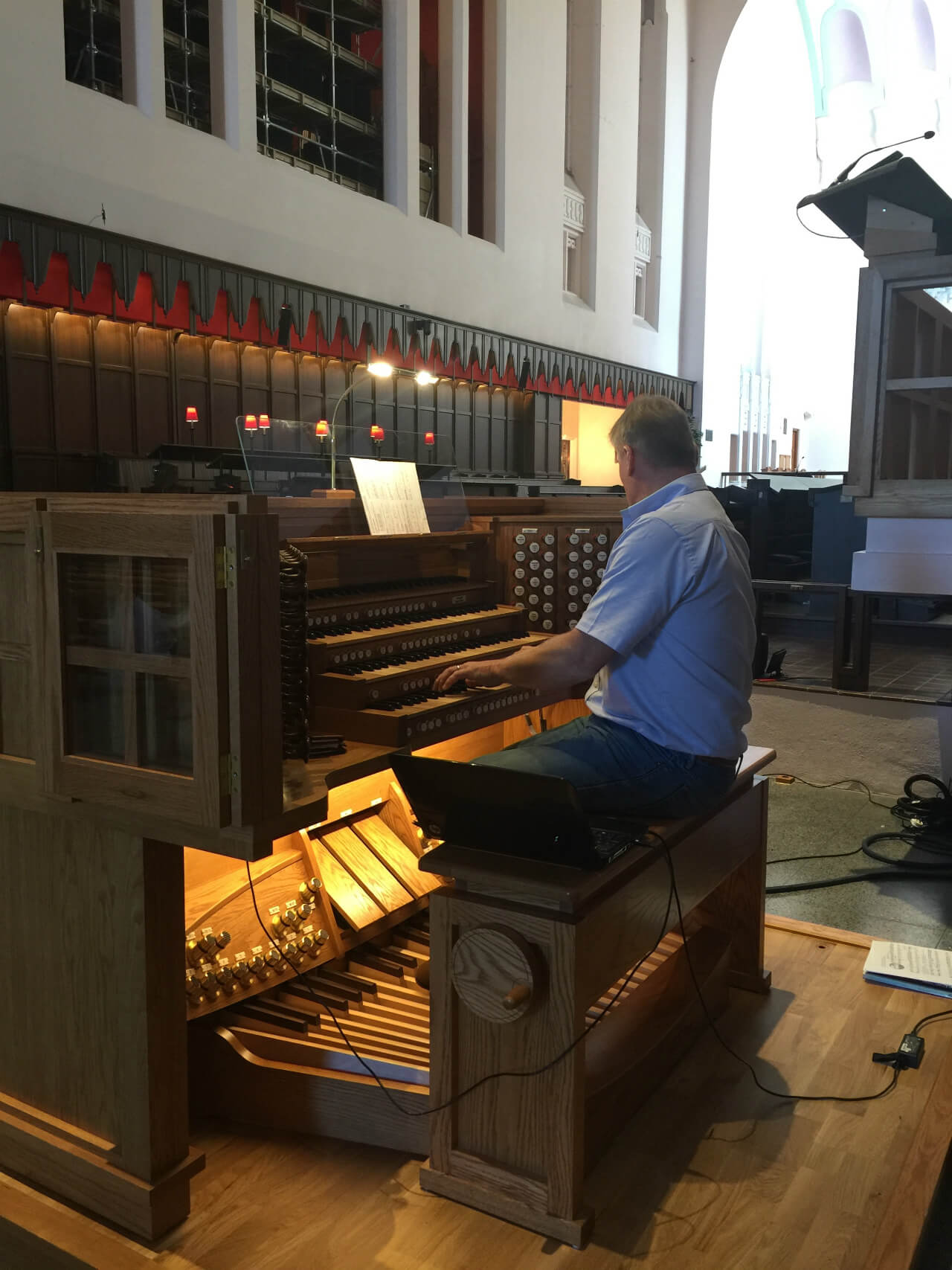
During this time Richard was on hand and described the type of sound he was looking for if it was not already available in the library. This then resulted in instructions passed back to Richard Lowe in the UK who worked to modify existing models moving their texture in the direction indicated. These revised models were passed on to colleagues in Italy who post processed the models so they could be loaded into the instrument. All this happened in ‘our’ night time so the next morning we awoke to an inbox with files for trial the next day. How amazing that technology today has shrunk the planet to this extent.
During the course of the week spent voicing approximately 20 new voice models were made and delivered taking the instrument as close as possible to the sound that the client had in mind. A process that I think even surprised them in regard to just what our technology could do for them.
Some changes to the design
There were also 2 functional matters that we resolved, one to correct a misunderstanding over piston function and one to correct a difference in toe piston function from the drawings signed off for manufacture.
This instrument has an ’=’ piston designed I thought to restore last general. So if you moved from general 3 to general 6 pressing the ‘=’ piston would take you back to general 3. Richard actually wanted the ‘=’ piston to remove all hand registration changes applied since the last general piston was pushed.
This instrument was also drawn up with 2 32 ft flue reverser toe pistons for the same stop. And one was required to be a 32 ft reed reverser.
Both of these corrections were made back in Italy and a file loaded to change the piston functions to provide exactly what the customer required. This under time pressure and with a 12 hour time difference was team work of the highest order and I am really grateful to all the colleagues that worked to pull this little bit of magic off.
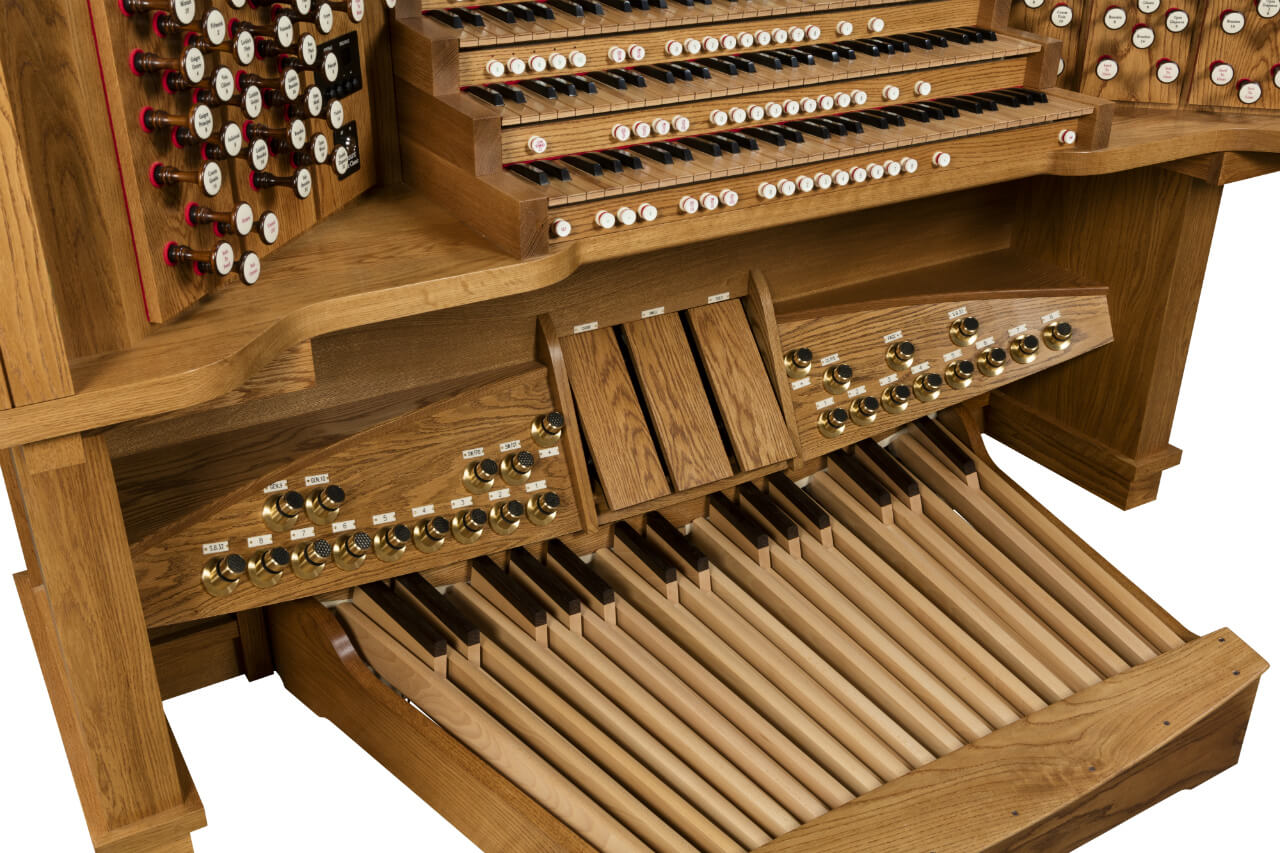
An organ with and unusual feature
Finally, great credit must go to the console builder Renatus of Bideford. Working only from pictures they designed and built an exquisite piece of furniture that beautifully fits the building sitting as it does next to the lectern whose woodwork inspired the design. All who saw it were greatly impressed by the quality finish and beauty of the instrument in its setting.
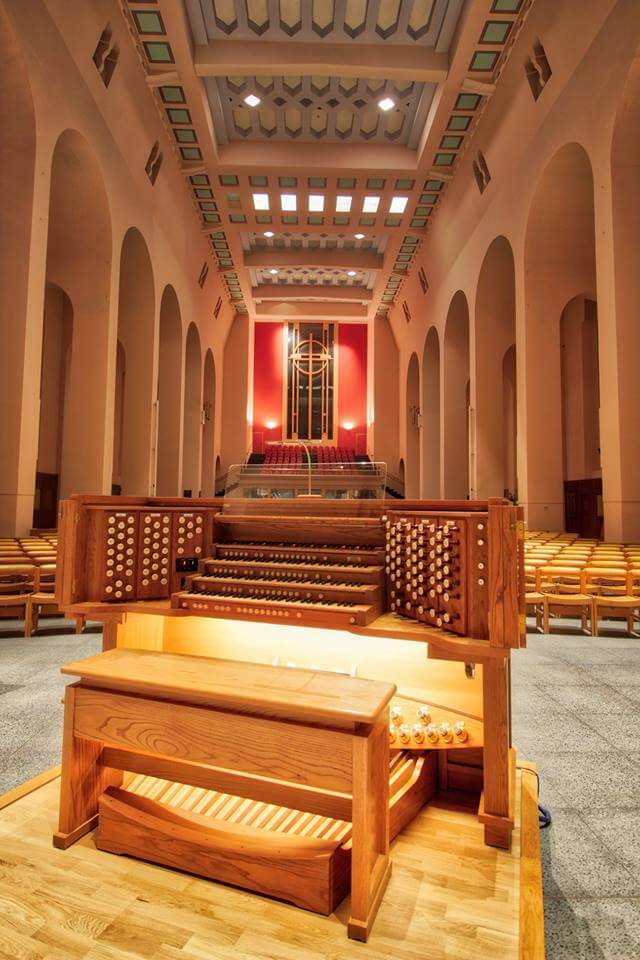
An unusual feature that we are very pleased with introducing for the first time on this console is a means of adjusting the doors. How often do you visit a console with doors that after time no longer close properly because the timber has moved? To offset this risk Renatus developed an adjustable hinge plate.
Using an Allen key the width of the wooden strip can be adjusted and the door width increased or decreased so allowing any movement in the wood to be adjusted without any need for new parts to be made and fitted. You can see the ‘split’ in the wooden component in the left photo and the Allen key in the ‘adjuster screw’ in the right photos below.
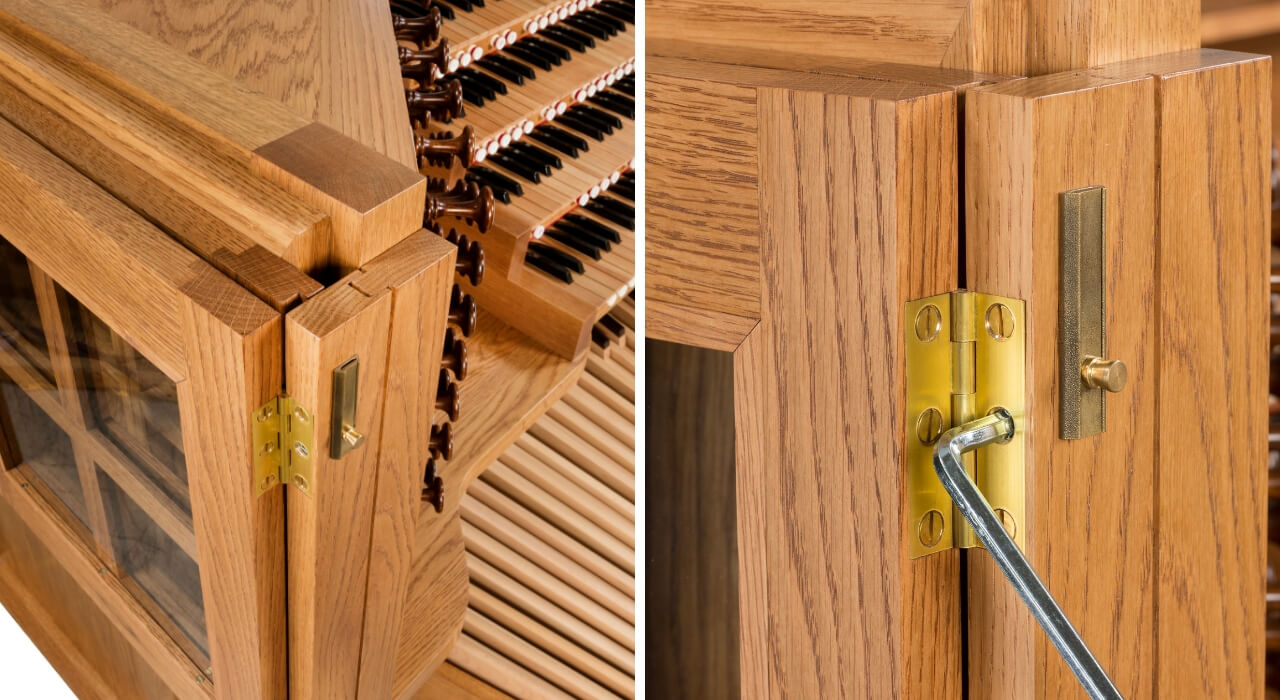
Installation almost ‘hitch free’
We stayed for the service on October 14th that saw the instrument dedicated and blessed, a sprinkling with holy water that I did advise may well invalidate the warranty! Happily, it was only a light shower and no lasting damage was done.
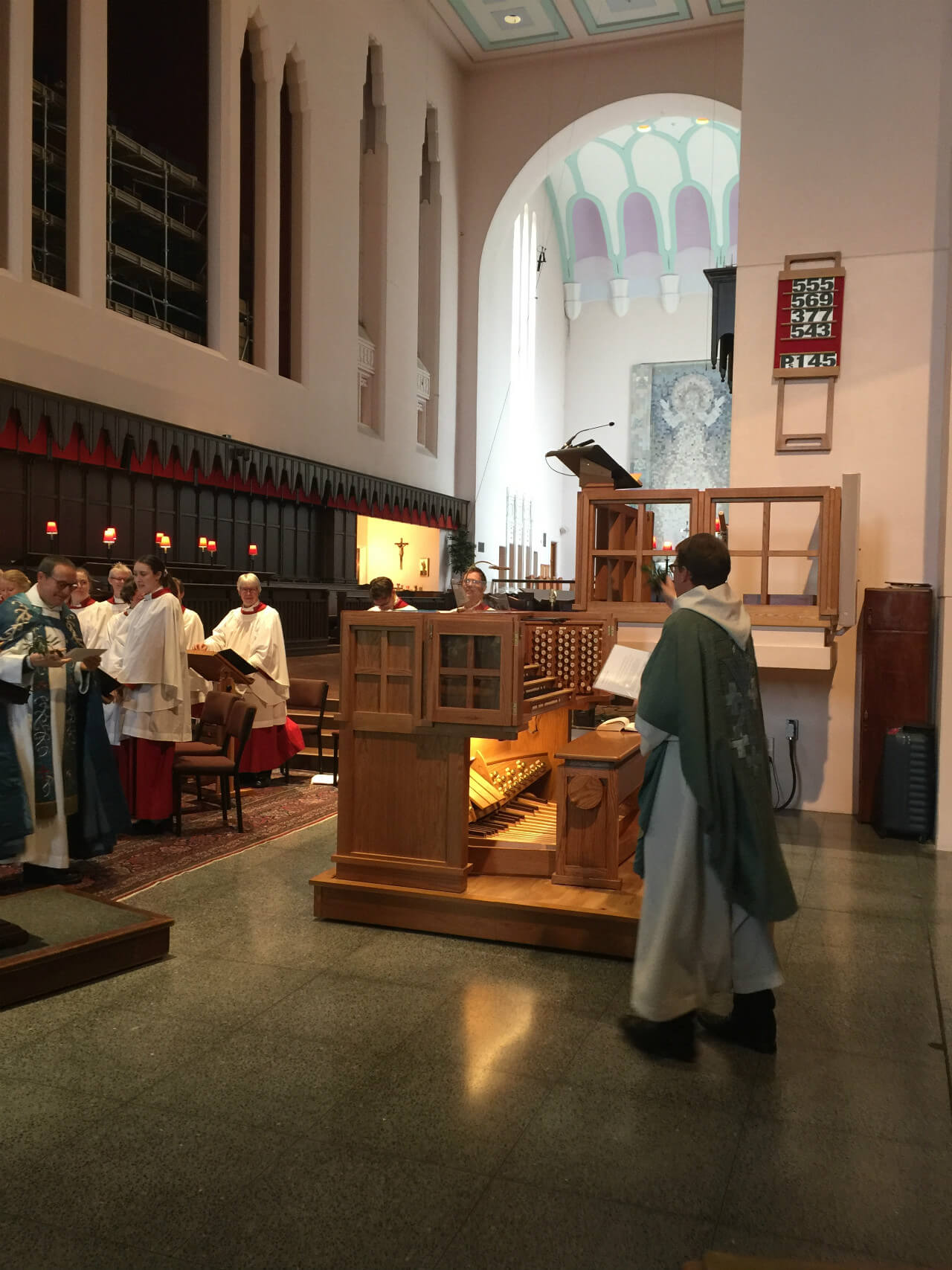
I began by saying this installation went almost without hitch. The day a large organ is ‘hitch free’ I probably will not live to see and one last minute hitch developed that did challenge me. A few notes on the Swell and Solo manuals developed a noise on playing and at first, I could not work out the cause. Access to the areas to look at required a strip down of roll top and music desk so the keyboards can be hinged up, a 2 man task taking about 30 minutes and not to be undertaken lightly.
Investigation eventually revealed some piston rail wires had moved in transit and the bottom surface of these keys was hitting the wires. The fix I made on the Saturday was only partially successful and on Sunday morning I needed to find some felt to make a better repair with just 3 hour after morning service and my plane back home to make the final adjustment. Working on delicate mechanisms under time pressure is to be avoided at all costs but I was successful and had the satisfaction of leaving the delighted customer with a job 100% delivered above and beyond expectation.
Finally, if you are interested you can hear part of Dr Nolan’s opening recital below and browse some more images taken of the organ before it travelled to New Zealand. Our tascam recording device was placed right at the rear of the Cathedral on the West End gallery. This clearly demonstrated the massive acoustic of the Cathedral but I apologise for the lack of clarity that results in what you hear. We are trying to get a new recording made from a better position.
Here is a link to the Festival of Nine Lessons and Carols held at the Cathedral on Sunday December 16th 2018 when of course the organ features to great distinction.
Image gallery for Wellington Cathedral:
I have had a passion for church organs since the tender age of 12. I own and run Regent Classic Organs with a close attention to the detail that musicians appreciate; and a clear understanding of the benefits of digital technology and keeping to the traditional and emotional elements of organ playing.
